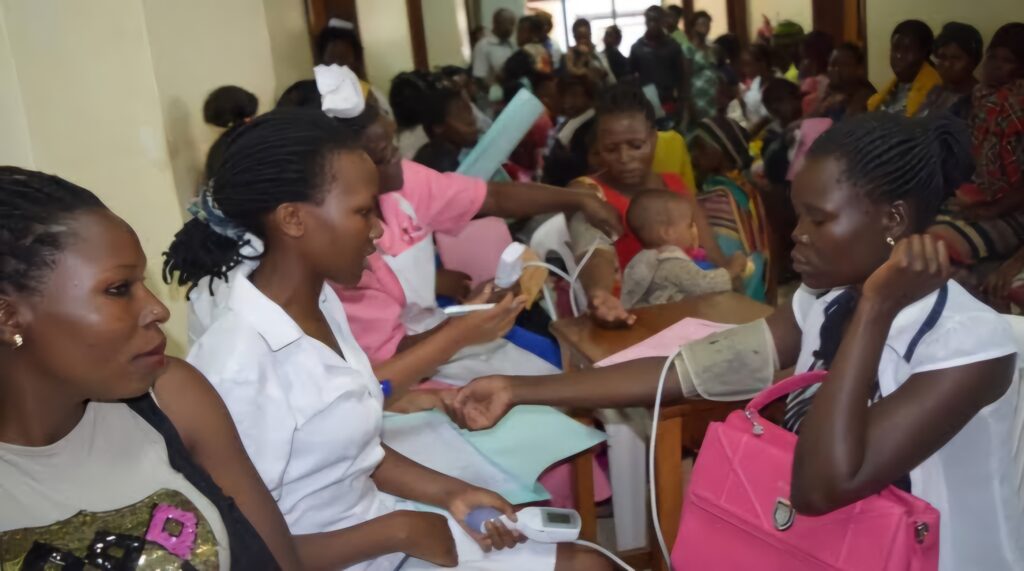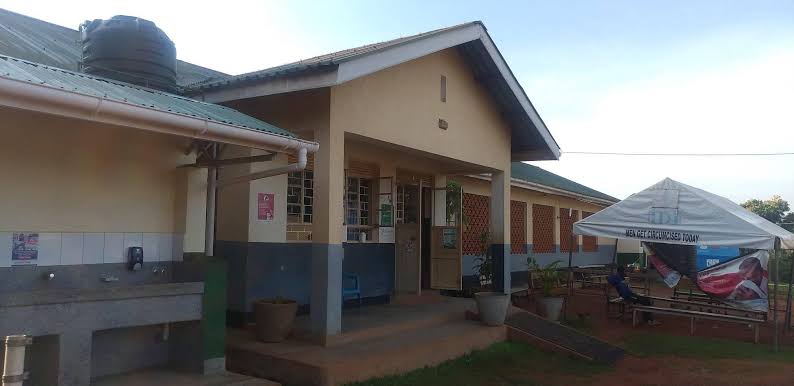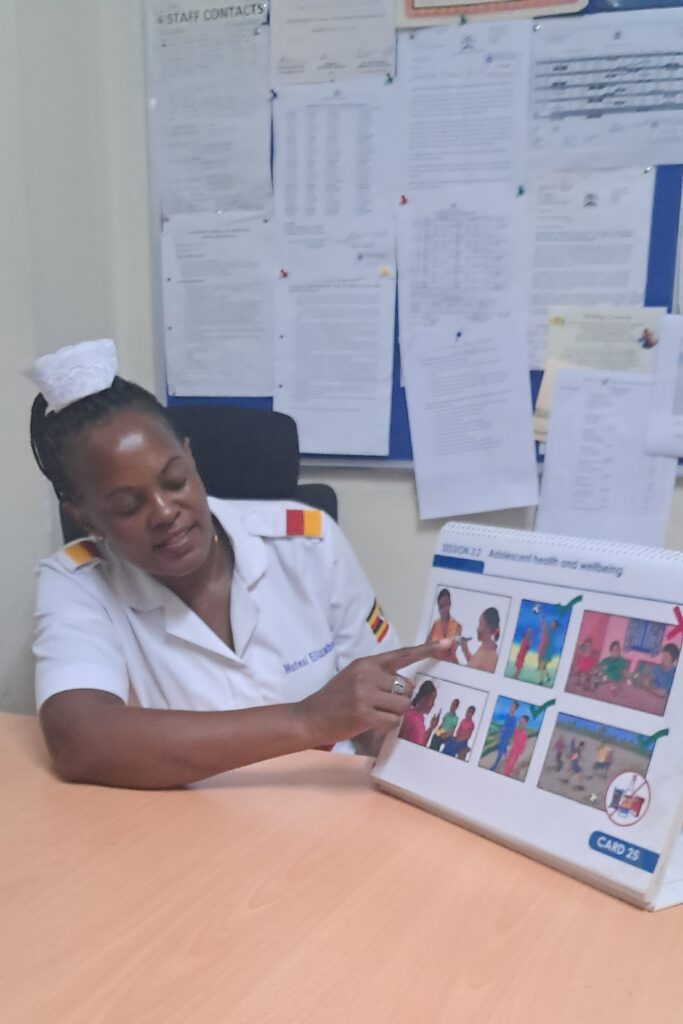
 Mama FM
Mama FM

 Mama FM
Mama FM
12 June 2025, 2:33 pm

By Annet Nakato
As Uganda’s population reaches nearly 46 million, according to the 2024 Uganda National Population and Housing Census (NPHC) conducted by the Uganda Bureau of Statistics (UBOS), the country faces growing challenges in delivering essential public services particularly in maternal health. With women making up 51% of the population, access to antenatal care (ANC) remains a significant concern, especially in public hospitals.
The World Health Organisation (WHO) recommends that pregnant women attend at least eight antenatal appointments during pregnancy. However, for many Ugandan women especially those relying on the public health system, this target is difficult to achieve.
At Kawempe National Referral Hospital, one of the busiest maternity centres in the country, overcrowding and understaffing are daily realities.
Harriet Namugwanya, a pregnant woman receiving care at the facility, shared her frustrations:
“I wake up at 5 a.m. to get to the hospital by 7 a.m., thinking I’ll be among the first. But by the time I arrive, many women are already waiting,” she said. “The doctors try to work quickly, but they are too few for the number of patients.”
Deborah Nabanja, another expectant mother, struggles to balance work with antenatal visits.
“I’m employed, so when my appointment falls on a workday, I try to come early and hope to leave by 10 a.m. to get to work. But that’s often impossible,” she explained.
Due to the long waiting times, Nabanja has only managed to attend three of the recommended eight ANC visits so far.
The challenges are not limited to women alone. Peter Kamoga, a supportive husband who regularly accompanies his wife to antenatal visits, described how the long hours affect his ability to work.
“Sometimes I have to choose between supporting my wife and going to work. We arrive early, but the queues are so long that we leave late, making it hard for me to keep up with my job,” Kamoga said.

Similar stories emerge from other public facilities. Sharon Najjita, who receives antenatal care at Komamboga Hospital, also cited excessive waiting hours as a reason she has missed appointments.
“I sometimes spend the whole day waiting without being seen. It becomes discouraging,” she said.

Healthcare workers at Kawempe are acutely aware of these issues. Elizabeth Muteesi, the officer in charge of antenatal services, stressed the importance of early and consistent care.
“A woman should start antenatal care as soon as she misses her period to ensure early and continuous monitoring,” Muteesi said. “But we receive more than 50 women a day, and we have very few nurses and only four examination rooms. The Ministry of Health’s appointment system often fails; it’s inconsistent.”
Muteesi further emphasises the ways in which they have successfully overcome these challenges.
As Uganda’s population continues to grow, the strain on public health services especially maternal care is projected to intensify. Without increased investment in staffing, infrastructure, and digital systems to streamline care, the gap between WHO-recommended standards and the reality for Ugandan mothers may continue to widen putting countless women and unborn children at risk.
The production of this story was made possible through financial support from the Finnish Foundation for Media and Development (VIKES), in partnership with the Uganda Media Women’s Association (UMWA).